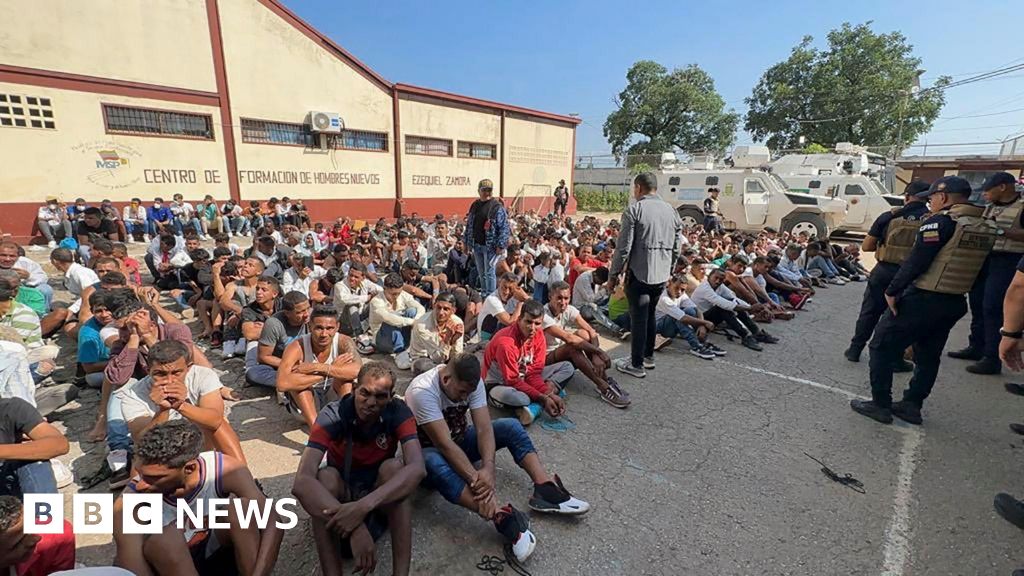BEHIND THE NEWS:

With the 2026 World Cup set to take place at several sites known for extreme heat, such as Mexico City’s Azteca Stadium, FIFA is taking precautions for player safety. Photo by: Fernando Llano / AP
Saturday, July 19, 2025 | 2 a.m.
Editor’s note: “Behind the News” is the product of Sun staff assisted by the Sun’s AI lab, which includes a variety of tools such as Anthropic’s Claude, Perplexity AI, Google Gemini and ChatGPT.
Extreme heat is becoming soccer’s most pressing challenge, as dramatically demonstrated during this summer’s FIFA Club World Cup in the United States. As global temperatures continue to rise, traditional summer tournaments are evolving into health hazards for both players and spectators. Climate scientists are sounding alarm bells, warning that June and July competitions could soon become breeding grounds for life-threatening heat-related illnesses.
Despite FIFA’s introduction of cooling measures — including additional water breaks and shaded bench areas — players have voiced serious concerns about tournament conditions. Many experts now advocate for a fundamental shift toward cooler months, though such changes would upend soccer’s deeply entrenched seasonal calendar. With the 2026 World Cup set for North America and 2030 set for North Africa, both notoriously hot regions, FIFA faces mounting pressure to confront this climate reality before it’s too late.
Impact on players and the game
Intense heat during matches raises the risk of heat-related illnesses, with players reporting dizziness, exhaustion and difficulty maintaining performance during high-stress games [1]. At the 2025 FIFA Club World Cup in the U.S., players struggled with a “brutal heat wave,” leading to complaints even from high-level professionals like Chelsea’s Enzo Fernández, who urged organizers to avoid afternoon kickoffs [2].
Medical experts warn that playing high-intensity sports in such heat can be dangerous, particularly when Wet Bulb Globe Temperature — which considers temperature, humidity, wind and sunlight — exceeds 89.6 degrees[3]. Prolonged exposure to heat can also impair cognitive performance, affecting referees’ decision-making and potentially the integrity of the game [4].
Measures implemented and their challenges
- Mandatory cooling breaks: FIFA protocol now requires a break midway through each half if the WBGT hits 89.6 degrees[3][5]. While these breaks provide necessary reprieve, they disrupt the pace and momentum of matches — a key worry among coaches, players and fans[6]. Water breaks can blunt a team’s surges, allowing opponents time to regroup, restrategize or cool off a team that’s establishing dominance.
- Infrastructure modifications: Cooler benches equipped with shade and air fans, plus additional field-side water, have become more common at top tournaments[7]. Shaded benches and cooled sideline areas help players recover more effectively during stoppages, reducing core body temperatures and preventing performance decline due to heat stress. However, this measure primarily aids substitutes and staff, as it does not directly affect the active gameplay.
- Scheduling and stadium adaptations: There have been calls to shift match times to early mornings or late evenings to avoid peak heat hours, though with logistical limitations for global TV audiences and local transport [1]. For the 2026 World Cup, only some venues will have retractable roofs or sufficient shading, and not all games can be scheduled in these protected environments [7].
Resistance to change
Critics oppose moving the World Cup to winter months for several major reasons:
- Disruption to domestic leagues: The World Cup has always been held during the Northern Hemisphere summer, aligning with the offseason for most major European and global domestic leagues. Moving the tournament to winter creates a significant scheduling crisis, forcing leagues like the English Premier League, La Liga and Bundesliga to pause or compress their seasons [2][10].
- Breaking tradition: Summer World Cups are a decades-long tradition and seen as a hallmark of international football’s cadence. Playing in the winter is considered by many as disrupting the cultural and emotional rhythm associated with the competition [2][10].
- Commercial interests: Global TV rights holders and advertisers favor the summer window, when player availability and school holidays ensure maximum viewership. A winter tournament competes with other sports and entertainment events, risking lower TV ratings and diminished sponsorship value [11].
Impact on fans
Fans are also at increased risk of heatstroke, dehydration and other heat-related illnesses[7]. At recent tournaments, local authorities and clubs have issued heat mitigation guidelines for fans, and some matches saw visibly depleted crowds or earlier departures due to oppressive conditions[2].
While most major games still draw large crowds, extreme heat has deterred some fans from attending matches, particularly those played in open stadiums during afternoon hours[2]. Uncomfortably hot conditions hurt the overall fan experience, diminishing enjoyment and potentially leading to financial losses for hosts dependent on ticket and concession sales.
Sources
[1] https://abcnews.go.com/Sports/wireStory/climate-change-force-fifa-rethink-world-cup-calendar-123792775
[2] https://apnews.com/article/club-world-cup-heat-wave-fifa-e7181e6985474d91c52c69d7c6ae735f
[3] https://apnews.com/article/soccer-extreme-heat-fifa-world-cup-99e16d6f504224c27bbe659dd881c284
[4] https://pmc.ncbi.nlm.nih.gov/articles/PMC4852532/
[5] https://pmc.ncbi.nlm.nih.gov/articles/PMC11211628/
[6] https://www.reddit.com/r/youthsoccer/comments/1d156ye/water_break_epidemic/
[7] https://economictimes.com/news/sports/fifa-faces-heat-challenge-as-climate-risks-rise-ahead-of-2026-world-cup/articleshow/122591509.cms
[10] https://www.espn.com/soccer/story/_/id/45703299/club-world-cup-heat-usa-mexico-fifa-2026-world-cup-concerns-temperatures-cooling-breaks
[11] https://www.usatoday.com/story/sports/columnist/nancy-armour/2025/07/01/club-world-cup-weather-schedule/84420845007/
.png)








 English (US) ·
English (US) ·